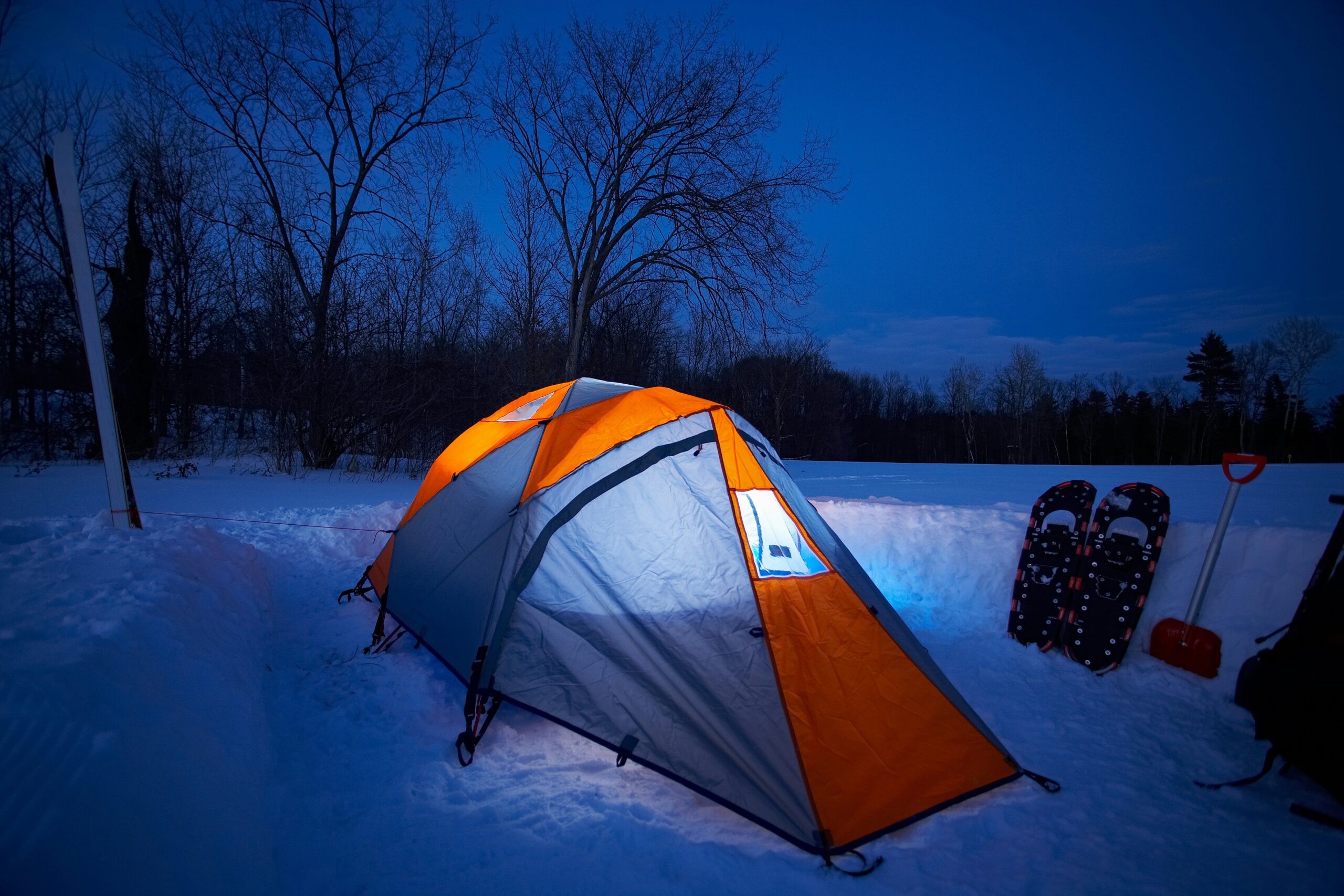
Winter camping can be an incredible experience, offering a unique perspective of nature and a sense of adventure. However, when temperatures drop below freezing, the risks of frostbite become a serious concern. Frostbite is a condition where the skin and underlying tissues freeze, potentially causing long-term damage. Recognizing the early signs of frostbite is crucial for campers to prevent permanent harm. Understanding how to spot frostbite early and taking proactive steps can make all the difference between a memorable adventure and a dangerous situation. Here’s how you can protect yourself during your winter camping trips.
Understanding Frostbite: What to Know
Frostbite occurs when skin and other tissues are exposed to extremely cold temperatures for extended periods. Typically, areas most at risk are the fingers, toes, ears, nose, and cheeks because these body parts have less blood flow. In severe cases, frostbite can cause permanent tissue damage, leading to amputation. The first line of defense against frostbite is understanding its symptoms and knowing how to address them before they progress.
Early Symptoms of Frostbite
Frostbite doesn’t happen instantly; it develops gradually, starting with early warning signs that can be easy to miss. Especially when you’re focused on enjoying the outdoors. The initial symptoms of frostbite are often mild but unmistakable. The first noticeable sign is usually a sensation of coldness and numbness in the affected area. This numbness is your body’s way of indicating that the temperature is dangerously low and blood flow is slowing down.
As the frostbite progresses, the skin may start to feel unusually firm or waxy, a sign that the skin is freezing. The skin might also change color, turning from pale to a bluish or purplish hue, indicating that blood flow is severely restricted. When frostbite is in its early stages, you may also feel tingling or burning sensations as blood starts to return to the area. Recognizing these early symptoms is critical. If you experience any of these signs, immediate action should be taken.
Protecting Against Frostbite: Prevention is Key
While early detection is vital, preventing frostbite is even more important. There are several ways campers can reduce their risk. Dressing properly is the most effective way to prevent frostbite. Wearing layered clothing, including moisture-wicking base layers, insulating mid-layers, and waterproof, windproof outer layers, will help regulate body temperature. Make sure to keep your extremities well-covered with insulated gloves, hats, scarves, and socks. Footwear should also be appropriate for winter conditions, offering both warmth and waterproofing.
Keeping your body active and moving regularly also helps circulation, which is crucial for maintaining warmth. When you’re sitting around the campfire or taking a break, be sure to keep your hands and feet moving to avoid losing blood flow. Avoiding alcohol consumption is another key factor, as alcohol can cause your body to lose heat more rapidly and hinder your ability to stay warm.
Immediate Action When Frostbite Is Suspected
If you suspect frostbite, the first thing to do is remove yourself from the cold. Get to a warm shelter or tent as soon as possible. Gradually warm up the affected area, but avoid direct heat, such as hot water or heating pads, as this can cause further damage. The best method is to use body heat. For example, if your hands are affected, place them under your armpits, or if your feet are at risk, try to warm them against your body or another unaffected area.
Do not rub the affected area, as this can cause further damage to the frozen tissue. Instead, gently massage the area to encourage circulation. If you are with others, help them to warm their extremities in the same manner. It is essential not to re-expose the affected body part to cold temperatures once it has been warmed. As this can cause the tissues to freeze again and worsen the damage.
If frostbite symptoms persist or worsen, or if the skin begins to develop blisters or dark spots, seek medical help immediately. In remote camping situations, where professional medical assistance may not be immediately available. It’s crucial to have a communication device like a satellite phone to call for help.
The Importance of Planning for Emergencies
Before embarking on any winter camping trip, it’s important to be prepared for emergencies. This includes knowing the closest emergency services, carrying a first aid kit, and being aware of the weather forecast to avoid unexpected storms. Having a clear plan in place will help you make quick decisions if someone is affected by frostbite or any other cold-related injury.
Additionally, it’s important to bring extra clothing, blankets, and warming equipment. Such as hand warmers, to prevent frostbite from occurring in the first place. Understanding how to spot frostbite early and taking the right precautions can prevent the situation from becoming more serious, ensuring your trip remains enjoyable.
Long-Term Effects of Frostbite
While preventing frostbite is the primary goal, it’s important to be aware of the long-term effects it can have if left untreated. In severe cases, frostbite can lead to permanent nerve damage, which can affect movement and sensation in the affected area. In extreme cases, frostbitten areas may need to be amputated. However, when treated early, frostbite is often reversible with no lasting effects. If you experience frostbite symptoms during your winter camping trip. It’s crucial to act swiftly and take the appropriate steps to avoid irreversible damage.
Stay Vigilant and Enjoy Winter Camping Safely
Winter camping offers a unique, peaceful experience in nature, but it comes with its own set of challenges. Understanding how to spot frostbite early, dressing appropriately, staying active, and knowing how to treat the condition if it arises are all essential steps in ensuring a safe winter camping trip. By staying vigilant and taking the necessary precautions, you can enjoy the beauty of winter landscapes while keeping yourself safe from the dangers of frostbite.